




When Elaine Colby, MD first attended The MoveMent Fellowship Church (TMFC) for her medical receptionist’s baptism, she was inspired.
“I was so welcomed and bowled over by the service that I knew this was a relationship I wanted to pursue,” she said. That relationship has been a factor in leading to the May opening of MoveMent C.A.R.E. (Comprehensive Aide Reaching Everyone), the first health center in a community, Pratt City, that’s been described as a healthcare desert.
“I’m 53 years old and I’ve never heard of a healthcare facility here,” said Kris
Erskine, who serves as Senior Pastor of The MoveMent Fellowship Church (TMFC.)
The first step in turning Erskine’s vision into reality came earlier this year when TMFC was able to buy the G.W. Scott School building from the city of Birmingham. The abandoned school, which sits at the intersection of U.S. Highway 78 and Hibernian Street, was built in 1891. The city originally wanted $475,000 but because the building, vacant for 25 years, was in desperate need of repair with busted windows, debris, and overgrown vine, the parties settled on a price of $25,000. Funding for the project has come from philanthropists,
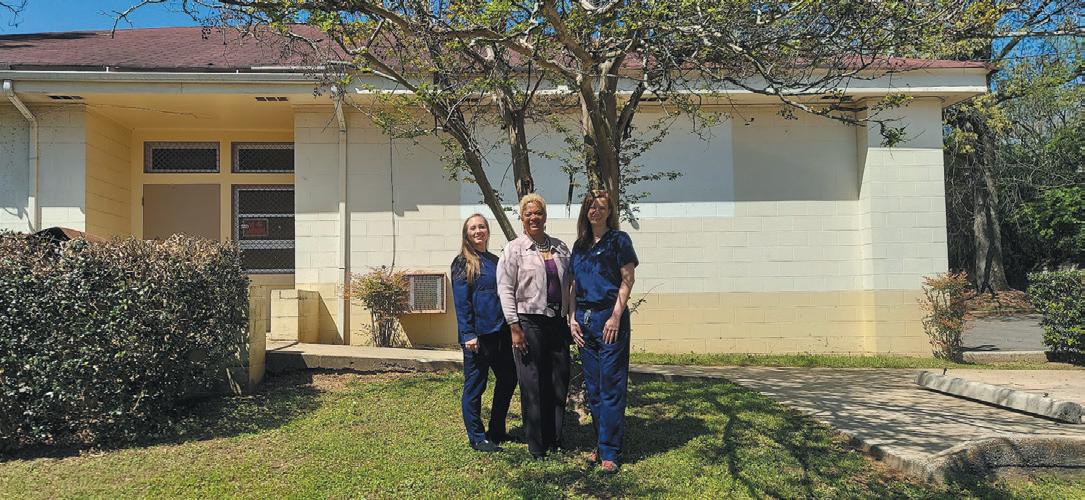
government officials, as well as county, city and state funding.
MoveMent C.A.R.E., the health clinic, is part of what will be a multiuse community resource facility that will include senior living, a school for children and adults who want to pursue life-long
learning, as well as a credit union, all on the ten-acre campus.
“One of the major four components that we believe every community needs is education, economics, housing, and health care,” Erskine said. “This project is







 By laUra freeman
By laUra freeman
Chronic Illnesses take a toll. The price patients pay can be years of pain, diminished quality of life, damage to other organs, early death and the burden of medical bills and medication.
procedures and specialty medications can take a while. After returning patient calls, delivering routine test results and answering questions, it can be difficult to find time for proactive efforts to help patients get ahead of their illness and get better control of their condition.







There is also a cost that providers pay. Chronic conditions increase the demands on staff time that in the past were usually written off as overhead. Someone has to set up referrals to specialists, rehab and other allied health support, deal with requests for medication refills and check to see that post-discharge patients are doing well and their needs are being met after hospitalization. Getting prior approval for
The tendency of some chronic conditions to increase the risk for others multiplies the problem and the staff time required to manage care for each patient. Fortunately, providers can now recover some of these costs for Medicare patients who meet approval criteria.
“When Medicare patients have two or more of the high risk chronic conditions on the list,
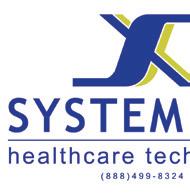




At the heart of one of the most highly regulated industries in the nation, health care facilities and providers face challenges that draw attention and resources away from their mission to provide quality patient care.
Burr & Forman’s health care team works alongside you to address and anticipate your needs by providing preventative guidance and pragmatic solutions, enabling you to focus on providing care and achieving healthy outcomes.
Jessie Bekker
Howard Bogard
Richard Brockman
Kelli Carpenter Fleming
Jim Hoover
Catherine “Cat” Kirkland
Angie Cameron Smith

the First Time, a
Clinic in Pratt City, continued from page 1
exciting for the entire community because it’s something the community needs. We went to all our neighborhood residents and we asked them what they wanted to see, rather than just create something and make people feel obligated to use it. Healthcare was at the top.”
The MoveMent C.A.R.E. clinic will operate with a Direct Primary Care (DPC) model, which is also what Colby is using in her newly-formed private practice, Dalton Health. After a number of years providing care in the standard insurance-driven practices, Colby longed to see patients in an unhurried fashion where she could spend more time understanding their needs and providing comprehensive care. This led her to the Direct Primary Care (DPC) model. DPC patients pay a flat monthly fee for unlimited access to primary care services, including check-ups, preventive care, and chronic disease management. The idea is a personalized healthcare model which enables the doctor to prioritize preventative care.
At this early stage, the MoveMent leaders are working on two options for the clinic: the DPC model where members pay a monthly fee for unlimited access, along with a low-cost model in which patients pay a small fee, probably around
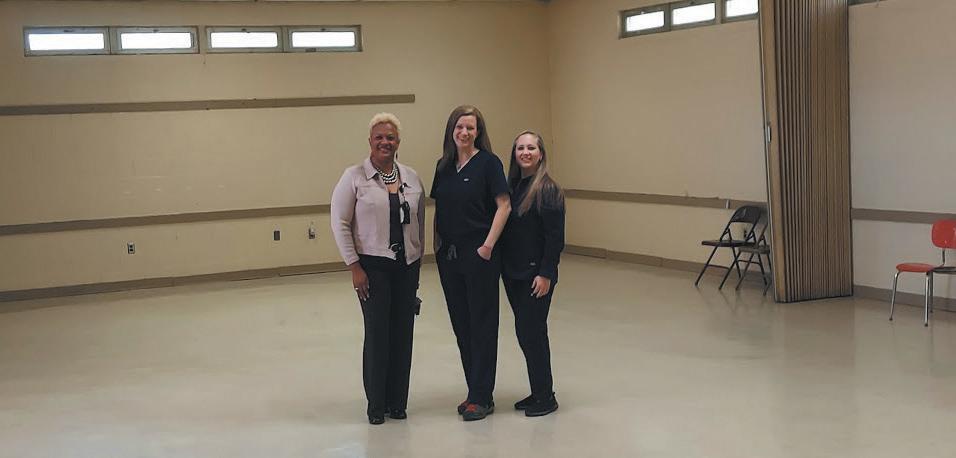
$25, for a single visit, and if the patient can’t pay that, the bill will be paid by the MoveMent Foundation which is funded through donations and grants.
“One of the most exciting things about this is to be able to provide highquality, accessible care with the low-cost payment model,” Colby said. “And in addition to comprehensive primary care, we’re going to educate people on chronic disease management and improving quality of life.”
Colby also looks forward to possibly creating partnerships with some of the health profession training programs in town. In her career, she has precepted
Medicare reimburses about $60 per patient per month for 20 minutes of staff time of chronic care management on patients with 2 or more high risk conditions. Tasks your staff already performs qualify for that reimbursement, such as PAs, prescription re lls, referrals, arranging home health/DME, and more. These can add up to 20 minutes of staff time per month, with no of ce visit required, which could mean—
250 patients
500 patients
$15,000/month
$30,000/month
Even better, the bulk messaging feature of our software allows your staff to engage with hundreds of patients simultaneously versus spending hours on the phone with one patient at a time.
EZ Care CCM can be used in Internal Medicine, Primary Care, Cardiology, Psychiatry, Nephrology, and many more.
Contact us for details & demo
256-929-5220 | support@ezhorizon.com Visit us: EZCareCCM.com

nursing students from a number of schools, including Troy, UAB, and Stamford. She hopes to be able to work with some schools to provide nursing preceptorships at the MoveMent C.A.R.E. clinic.
Initially, the clinic will be open one day a week, eventually expanding to fulltime as the demand rises. Colby can’t wait to see this happen. “I have been called by a higher power to create exactly this type of community health clinic,” she said.


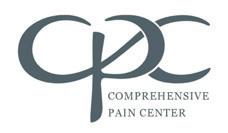


keep you informed about the patient’s treatment plan.

20 minutes of documented office staff time each month can be billed at $60 under code 99490, with up to $130 for additional documented time per month,” said internal medicine specialist Muhammed E. Ata, MD. “This isn’t physician time. It’s time your staff is already using to manage a patient’s care for these chronic conditions under a physician’s supervision. If your practice has 250 Medicare patients who qualify for $60 reimbursement each, that would be $15,000 to put toward your overhead each month. That amount could make quite a difference in how well a practice is doing at the end of the year.”
To simplify the process of gathering the structured documentation needed to submit a claim for comprehensive care management (CCM) Ata helped to develop a software program known as EZCare CCM.
“In addition to making documentation easier, the program has features that can actually help you improve patient satisfaction and help your patients get better control of their condition,” he said. “For example, one capability that goes beyond what most systems offer is a bulk messaging feature that allows you send out one message to hundreds of patients at once rather than having to make a hundred phone calls. When a new diabetes medication comes on the market, your patients are
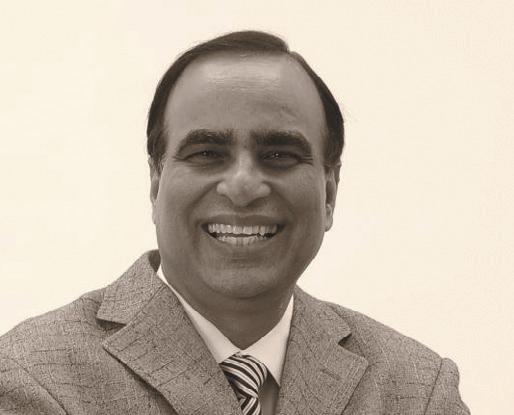
likely to hear about it and have questions. You can send one message to all of them explaining the benefits of the drug, along with any potential drawbacks.
“This makes patient teaching and proactive efforts much easier. When you have a holiday coming up that you know is going to be challenging for patient compliance, you can offer them encouragement to help them choose the right food and take care of themselves. You could even send out recipes for diabetes and blood pressure-friendly versions of holiday recipes so they can enjoy their favorites without feeling deprived.”
In addition to better outcomes, this upgrade in chronic care management could also help to reduce hospital readmissions and emergency room visits, which in some cases could result in better reimbursement rates for other care services.
The messaging capability can also
Under Medicare CCM benefits Include (2 or more conditions with CCM of 20 minutes or more per month)
AIDS, HIV and similar infectious diseases
Arthritis
Atrial fibrillation
Cancer
COPD
Diabetes
be used as a teaching tool for newly diagnosed patients to help them become accustomed to taking care of themselves, and to learn about their medications and when and how to take them.
“In our office we have care coordinators who work with patients and with other providers and support to help them,” Ata said. “They build strong relationships. Patients become more comfortable asking them questions or reporting minor changes that can be early clues so that developing problems can be identified before they become more serious. The managers can also note issues that may need follow-up in the patient’s chart so they won’t get sidetracked by other issues in the next visit.”
Internal medicine, primary care, mental health practices and other providers can file a CCM claim, but only one practice per month can file for
Alzheimer’s and dementias
Asthma
Autism Spectrum Disorder
Cardiovascular disease
Depression and anxiety
Nephrology
the CCM Medicare benefit for any one patient, and patients should be signed up for comprehensive care management.
“One of the best things about this CCM tool is that it helps us help our patients stay healthier,” Ata said. “Many chronic conditions are progressive and can put a burden on the rest of the body. Suddenly, instead of just hypertension or diabetes, you have kidney disease, congestive heart disease or a stroke. If you can get good control of the hypertension early, you can make a huge difference in a patients overall health.
“Getting reimbursed for the care management time you are now writing off can also make a big difference in the financial health of a medical practice. If providers or practice managers want to know more about the EZCare CCM LLC software, they are welcome to email me at support@EZHorizon.com.”

Dr. Charles Hunt and our staff at Alabama Vein are dedicated to administering personal, compassionate, and state-of-the-art therapies in the treatment of saphenous vein re ux disorder and varicose veins.
Dr. Hunt is board certi ed by the American Board of Venous and Lymphatic Medicine and in General and Cardiovascular Surgery.



• Patient coordinators for immediate response to referrals and questions
• Conscious sedation by a board-certifi ed CRNA
• Detailed initial evaluation and exit letters sent to the referring doctor
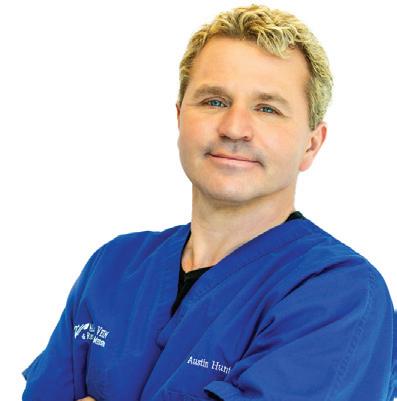

For two years, Jeff Dugas, MD tested an idea on the elbows of cadavers that would offer an alternative to the Tommy John surgery, which is a reconstruction procedure that replaces the damaged ligament with a grafted tendon. Instead of reconstruction, Dugas, an orthopedic sports medicine surgeon at Andrews Sport Medicine, wanted to develop a reliable repair.
“Repairs were done early on by the big elbow surgeons—Jobe, Andrews, Lou Yokem,” Dugas said. “But they had poor outcomes compared to replacement.” However in the last 20 years, advancements in the understanding and technology of anchors, sutures, physical therapy, and throwing programs, rejuvenated the interest in repairs in the mid-2000s.
By 2013, Dugas had honed his findings into a procedure that repairs the ulnar collateral ligament (UCL) back to bone. The UCL internal brace, inspired by the work of Scottish ankle surgeon Gordon Mackay, produces outstanding outcomes with up to 93 percent of patients returning to play at the same or
higher level.
The procedure uses collagen-coated FiberTape to attach the damaged ligament’s ends to a pair of 3.5 mm Polyether ether ketone (PEEK) anchors drilled into the bone.
“You’re able to repair the ligament back to bone where you can expect it to heal, and you’re augmenting it,” Dugas said, referring to the tape. “So you’re better off than when you started.”
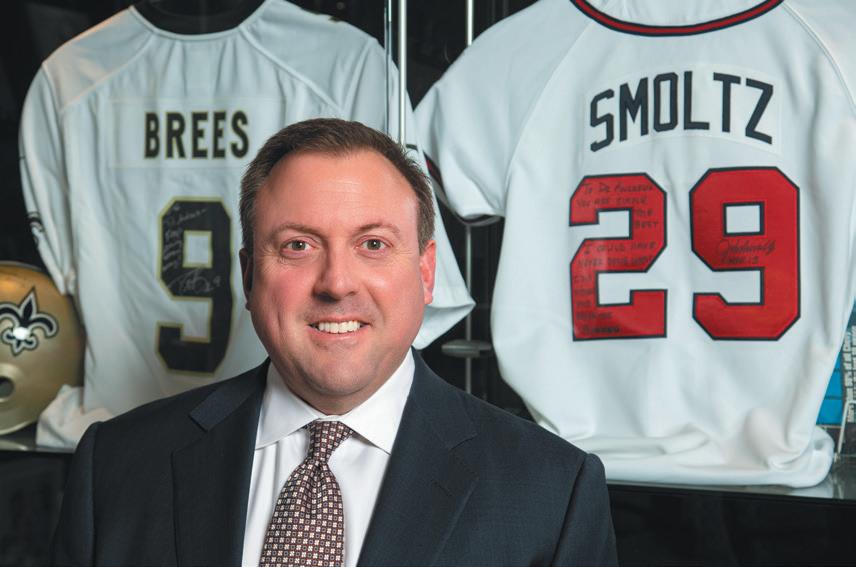
Around 900 procedures have been performed at Andrews Sports Medicine alone in the past decade on athletes at every level, from high schoolers to pros. “It doesn’t seem to matter how old you are, what position you play, what level you play at, or how hard you throw, the success rate is around the same 93 percent,” Dugas said.
That has made the UCL internal brace a popular choice for injured athletes. In addition, recovery time averages seven months, according to a 2023 study in Arthroscopy Techniques that analyzed

350 athletes who had undergone UCL internal bracing over a three-year span. Some sources report recovery as short as four months. That means five months faster than the year needed after Tommy John reconstruction.
Though baseball pitchers top the list for UCL damage, the type of athletes facing that injury range from javelin throwers, gymnasts and swimmers to cheerleaders and wrestlers. “I had a WTA tennis pro in yesterday,” Dugas said, adding that UCL injuries result from
overhead motion. “So we see all the throwers, tumblers, and grapplers.”
The majority are also not professionals, but high-school age. “Because so many more athletes are playing sports in high school. And probably only one percent go on to play college and only one percent of those go on to pro,” Dugas said.
But not every UCL injury is eligible for an internal brace. “The number-one criteria for repair with the internal brace is not having tissue deficiency,” Dugas said. “Of course, this also bolsters the outcome numbers in comparison to reconstructions because repairs are only being done on healthier tissue. We’re not dealing with a lot of chronically diseased ligaments. Most of the time, the injured 35-year-old baseball pro who’s still throwing hard more likely has only reconstruction available to them with its 12 to 18 month recovery time.
“But I’ve been pushed into doing it in some cases. For example, an injured
(CONTINUED ON PAGE 10)


The Alabama Rural Medical Service Awards (ARSMA) incentivize family medicine, internal medicine, pediatric


$50,000 a year for primary care physicians, with a 3-year maximum award period. The award is a service loan that is payable by years of service.

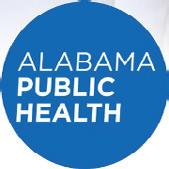






Edward Ferguson, MD, is double board-certified in general and cardiothoracic surgery with over 35 years of surgical experience. He graduated from LSU School of Medicine and completed a general surgery residency including a NIH cardiovascular surgery research fellowship at the University of Alabama at Birmingham followed by a cardiothoracic surgery residency at Baylor College of Medicine.
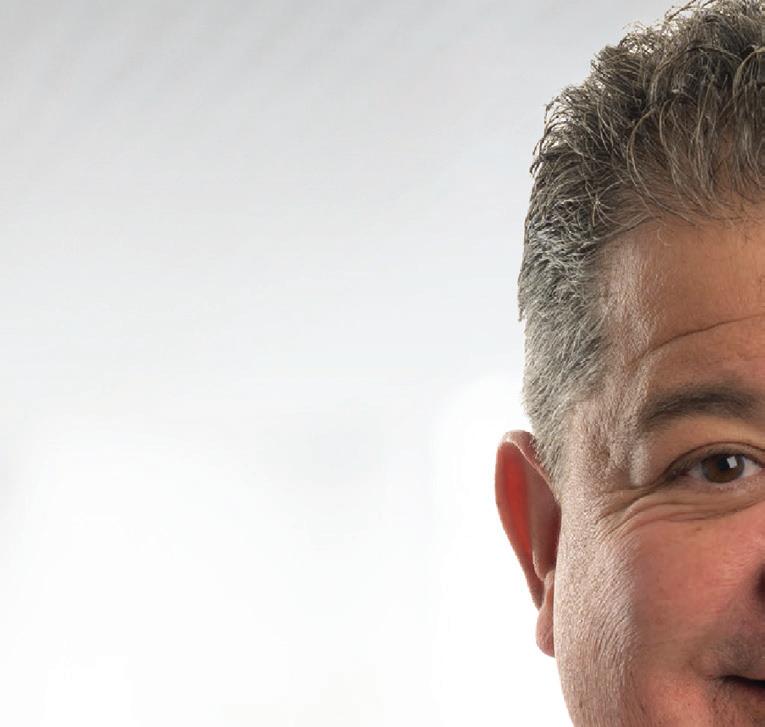

Dr. Ferguson’s areas of interest include:
• Structural heart disease
• Complex mitral valve repairs and replacements
• Transcatheter aortic valve replacement (TAVR)
• Coronary artery bypass surgery
• Atrial fibrillation surgery
• Lung surgery including lung cancer
• Video-assisted thoracoscopy
• Lung, pleural and pericardial disease

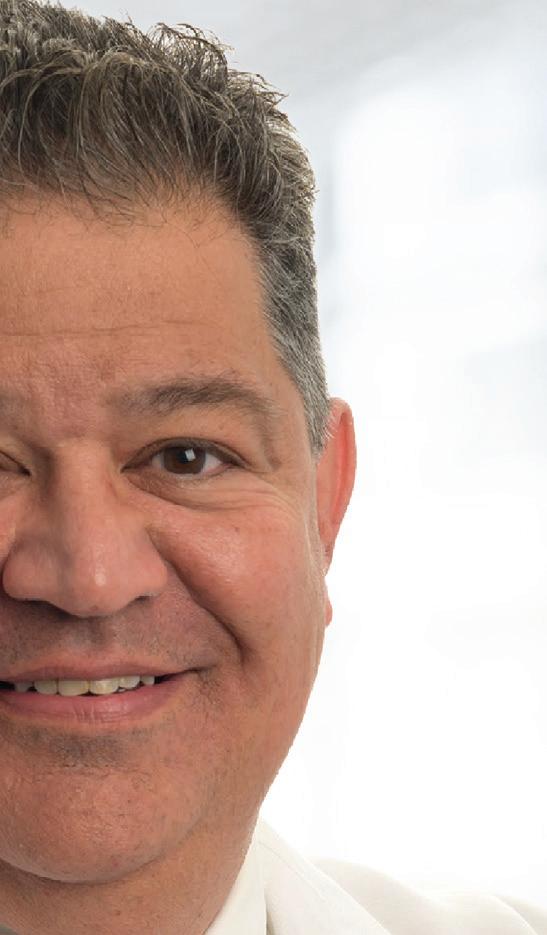

Dr. Ferguson is very pleased to return to the Birmingham area and is accepting new patients.



The U.S. Department of Health and Human Services (HHS) Office for Civil Rights (OCR) has, as part of its mandate, the responsibility to enforce the Health Insurance Portability and Accountability Act (HIPAA) Security Rule. For HIPAA covered entities and business associates that have not dusted off their HIPAA Security Rule compliance programs in a while, now is an excellent time to make sure that their risk analyses and policies and procedures are up to date.
Website Tracking Tools
Some HIPAA-regulated entities are still scrambling to address OCR guidance regarding website tracking tools and the wave of litigation brought against companies that use pixels and other tracking tools on their healthcarerelated websites. Increasingly, vendors are willing to sign HIPAA business associate agreements to enable regulated entities to include certain website features without running afoul of HIPAA. Designing websites that are user

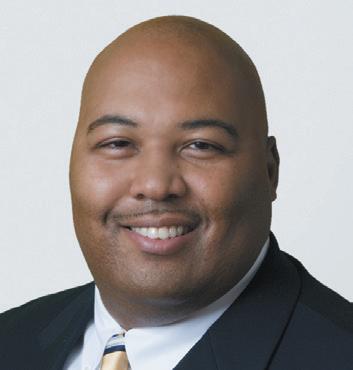
friendly and allow easy interaction with the public while avoiding use of certain tracking tools remains challenging. OCR will pay close attention to how HIPAA-regulated entities are assessing and managing risks to PHI associated with uses of technology on websites.
OCR Director Melanie Fontes Rainer indicated recently in an interview with the Information Security Media Group that the HHS has proposed regulatory revisions in the works related to the HIPAA Security Rule. She indicated that OCR is working to have the proposed regulations completed by the end of the year. She observed, “I think the beauty of the HIPAA Security
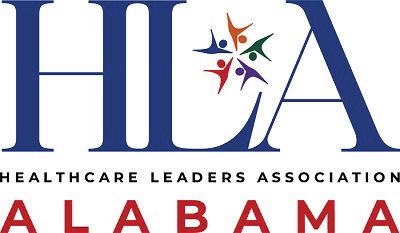

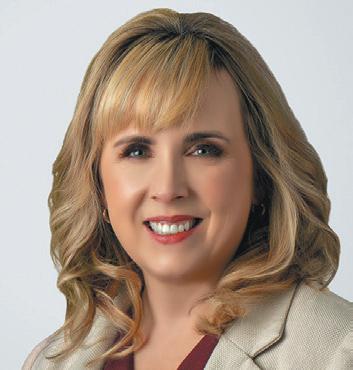
Rule is that it’s 20 years old, it’s technology neutral, and it’s scalable, so we’re still able to use it and enforce the law vigorously. The downside of the HIPAA Security Rule is that it’s 20 years old and doesn’t reflect how we receive healthcare today, so that’s why we’re taking a look at it to make sure we’re building into it practices we know like end-to-end encryption, things like that, to think about in the state of healthcare.” She noted that breaches are becoming larger and so much of what we do is online, so the Security Rule needs to be updated to reflect changes that have come about in the past two decades.
Rainer also said that OCR is making HIPAA Security Rule compliance an enforcement priority, and a HIPAA risk
analysis initiative was announced last year. She noted that covered entities frequently do not have a risk analysis on the front end. OCR has provided extensive technical assistance regarding this requirement. In hacking incidents resulting in OCR enforcement actions, OCR identified the lack of a security risk analysis, implementing and adopting security risk management plans, and appropriately performed analyses as significant deficiencies contributing to cybersecurity incidents and breaches. Rainer pointed out that OCR sees both failure to perform an appropriate security risk analysis and failure to implement and follow a security risk management plan based on a risk analysis as frequent occurrences in OCR enforcement actions. She also noted that OCR will focus on enforcement actions that will provide education to regulated entities regarding the security risk analysis and management requirements.
Could a HITECH Audit Be in Your Future?
According to Rainer, “OCR’s budget has been flatlined for a long time,” and there are only two



Christina
PierpaoliParker,
PhD,DBSM was doing her Fellowship at the University of Toronto when she first noticed a discrepancy in addressing behavioral medicine. It was then that Parker, who is now a clinical psychologist and behavioral sleep medicine doctor in UAB’s Department of Psychiatry and Behavioral Neurobiology, conceptualized a clinic that would provide evidencebased behavioral services in primary and specialty care settings. She has brought this idea from concept to reality with the opening of the Integrated Behavioral Medicine Service Clinic (iBeMS) in 2020.
Much of Parker’s research has focused on the intersection of adults’ physical and psychological health. “There is no physical health without mental and behavioral health,” she said. “Behavior undergirds the development, prevention, and treatment of most preventable, chronic diseases.
“Targeting prevention and early intervention, iBeMS uses a collaborative care model to provide brief, stepped care to patients with mild to moderate psychiatric symptoms that are contributing

Indications for iBeMs referral:
• Mild to moderate anxiety and/or depressive symptoms
• Behavioral sleep medicine issues, such as insomnia, fatigue, hypersomnia
• Adjustment to and behavioral management of existing chronic conditions, such as diabetes, obesity, chronic kidney disease
• Prevention, lifestyle, and prophylaxis (e.g. prediabetes, tobacco cessation, non-compliance)
• Stress management and psychosocial stress (e.g. maternity, caregiving, death, aging, illness)
to chronic health conditions in a primary care setting. We provide same-day service to patients who may be experiencing common psychiatric symptoms, including anxiety, depression, and insomnia. We’ve found this diverts referrals out of primary care, increases access to both primary and psychiatric care, and improves patient health outcomes.”
Parker offered three reasons for starting the clinic. “First, many medical conditions contain significant


Mental health concerns that the clinic treats include:
• Anxiety • Depression
• Panic • Insomnia
• Behavioral aspects of chronic medical conditions, including chronic pain, renal disease, metabolic syndrome, diabetes, cardiovascular disease/hypertension, and nicotine dependence
• Management of chronic medical conditions, including diabetes, chronic kidney disease, end-stage renal disease, migraine and chronic obstructive pulmonary disease
psychological comorbidities,” she said. “Behavior undergirds every facet of the health process, from disease onset to rehabilitation. Second, the problem actually lives in primary care. Primary care has been dubbed the de facto mental health system in the United States since the 1970s because most patients will seek mental health services there, not from a mental health provider, largely because of inaccessibility. The third is increased accessibility and continuity of care.
“Unfortunately, only about 50 percent of patients with a mental disorder are correctly identified in primary care. Integrating behavioral health into medical settings democratizes access to mental health treatment and normalizes behavioral health as a part of physical health. And in many cases, it helps to ease the burden of existing medical conditions.”
Patients and referring physicians
(CONTINUED

sta understands that you have specific needs and aims to care for you with a personalized touch so that you feel right at home.
REFERRALS WELCOME



















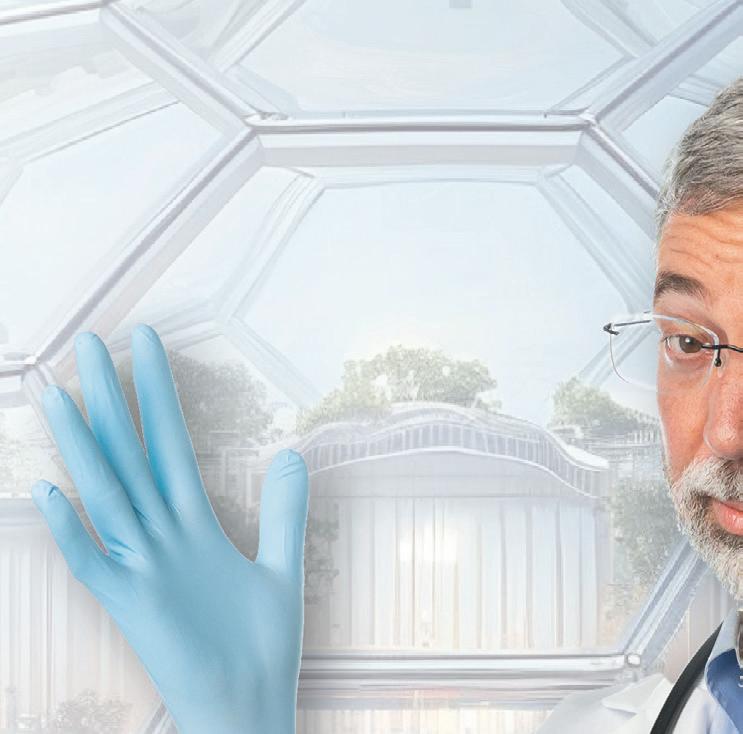
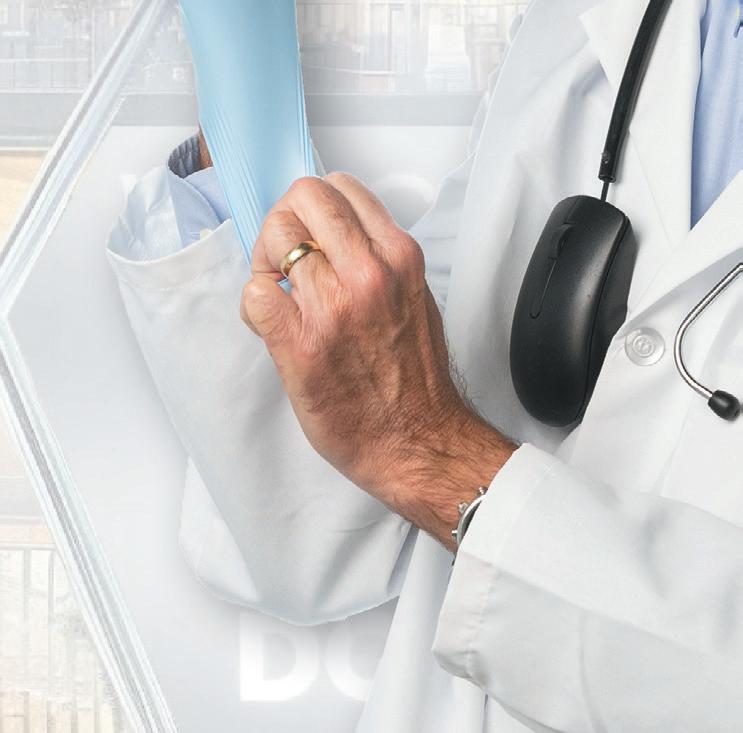



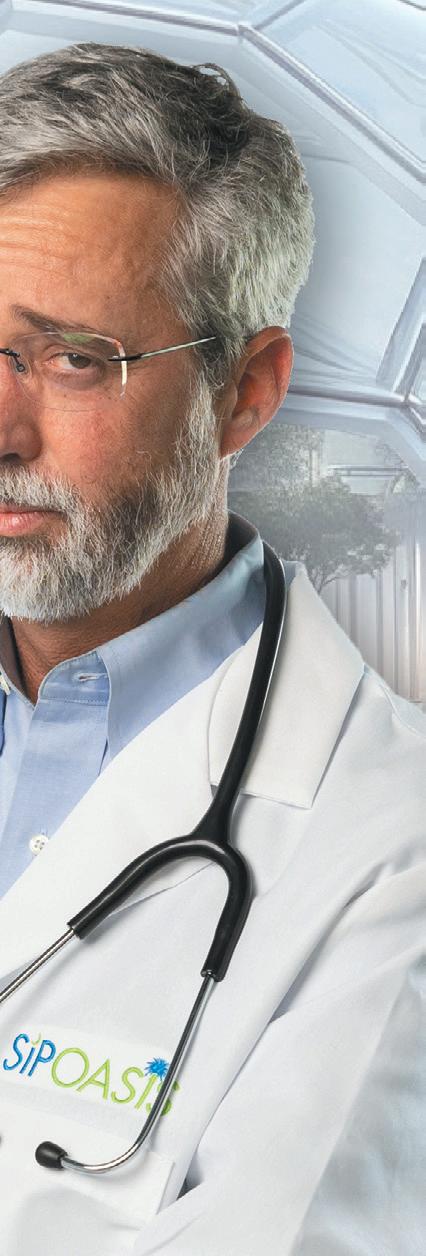





pro baseball pitcher with tissue deficiency in his UCL came in for an internal brace. He said at 39, he didn’t have 18 months for recovery from a reconstruction, and that if it didn’t work, he’d retire. In the end, I think people make good decisions when they’re faced with the data.”
Since its arrival a decade ago, the UCL internal brace procedure has taken on multiple variations. “I think people use ‘internal brace’ in different ways than I describe it,” Dugas said. “We use a fiber tape coated with collagen. It’s a thicker, robust construct. Others use types like suture tape, which is still strong but not nearly as strong as FiberTape, which holds up to more stress.”
“There are some hybrid procedures that have emerged where they combine an internal brace with reconstruction.



Why entrust your practice to a generalist when you could have an advisor that understands your specific needs and the challenges of the healthcare industry?


Warren Averett is uniquely equipped with experts who have dedicated their careers to helping medical practices thrive. We help physicians make smart personal and business decisions. We’re here for you.



5
They put in an anchor where the ligament tore off and sew the ligament back down, then put a reconstruction over the top of that. So it’s a hybrid procedure, but not a hybrid internal brace.”
“I think there are about five or six hybrid techniques in use. We don’t know if they’re better than reconstruction or the internal brace alone. I don’t think any of them are dangerous or a bad idea, but we don’t know yet if it improves the outcome of what we have.”
Dugas blames the recent increases in UCL injuries in baseball pitchers not on the pitch clock, the spin or the velocity being applied these days, but the ball. “They took away the tack. It’s smoother, so you have to grip it tighter to spin it,” Dugas said.
investigators per state. With limited resources, OCR is trying to drive voluntary compliance. OCR has, most recently in 2017, engaged in an auditing process authorized by the Health Information Technology for Economic and Clinical Health Act (HITECH). She said OCR has reopened the HITECH audit program and plans to “initiate audits of HIPAA-regulated entities later
continued from page 7
this year.” Impending HITECH audits will focus on the Security Rule and specifically, security risk analyses and risk management.
Eddie Williams III and Shannon Britton Hartsfield are partners in the firm’s Tallahassee, Florida, office.
continued from page 8
have a variety of avenues for accessing iBeMS. The clinic offers a same-day service for patients scheduled to see their primary or specialty care physician. If either the physician recognizes distress or the patients articulates it, the physician has access to Parker or her students and can request same-day assessment or intervention. If the patient qualifies for iBeMS care, they usually return for six to eight visits, and are then discharged on a one, three, or six month schedule.
to differentiate between unipolar and bipolar depression, I may not see the patient, but will work through the clinical algorithm with her in real time.”
The clinic also offers more traditional scheduled appointments for patients not actively in distress but referred by their physician for brief behavioral treatment.

“If a patient is having a panic attack, for example, we work collaboratively with their primary care provider to assess and intervene in real time and devise a treatment plan for follow up. It’s patientcentered, one-stop shopping,” Parker said.
For patients with severe mental illness, substance use, or complex trauma, the iBeMs team will work as ambassadors to get them where they need to be for more appropriate, longer-term care.
The clinic also offers same-day consultation and liaison services for physicians. “These consultations aid physicians’ decision-making and intervention for patients with psychiatric symptoms, almost like a curbside, clinical coaching service,” Parker said. “For example, if a provider is trying
Research on results is ongoing, but the approach overall is proving to be successful. “Our preliminary findings reveal that a course of six to eight visits of iBeMS treatment is associated with rapid, durable, and clinically significant changes in anxiety and depressive symptoms,” Parker said. “Additional inquiry continues to explore the contributions of these interventions to improved physical health outcomes as well as decreased healthcare costs. We have reason to believe, based on existing research, that integrated care can reduce healthcare costs, improve outcomes, and increase access to primary psychiatric care because it goes for the jugular of most healthcare challenges: mental health.” There are plans to expand the clinic, but it currently rotates between three locations at UAB Gardendale, The Kirklin Clinic, and The Camellia Medical Group.
• Peripheral Artery Disease
• Cutting-edge therapies


• Watchman & treatment of AFIB
• Venous disease & procedures
• Interventional cardiology including TVAR, TCAR, and EVAR procedures









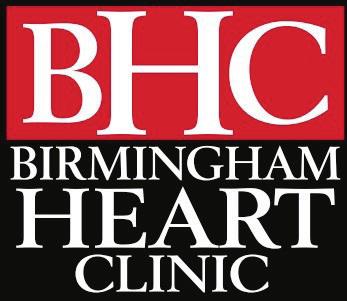








































Initially passed by Congress in 1989 and named after its sponsor Congressman Fortney “Pete” Stark, the Federal physician self-referral prohibition, commonly referred to as the “Stark Law”, is arguably the most complex and convoluted law affecting health care providers. Starting in 1989 and continuing through Phase I regulations (2001), Phase II regulations (2004), Phase III regulations (2007), and countless additional regulations issued in 2008, 2015, 2016, 2018, 2020, 2022 and most recently in 2023, the Centers for Medicare and Medicaid Services (“CMS”) has expanded and “clarified” the Stark Law. These regulations were accompanied by thousands of pages of CMS commentary to help explain the application of the law. Needless to say, it is easy for a health care provider to accidentally run afoul of the Stark Law prohibition. So, what is a health care provider to do when faced with a Stark Law problem? Before we answer that question, it is important to discuss the purpose of the Stark Law and its restrictions.
The Stark Law is based on the premise that if physicians are permitted to make “self-referrals” for financial gain the result will be overutilization, medically unnecessary services and, ultimately, more
cost to the Medicare program. While it is debatable whether the Stark Law accomplishes its intended legislative intent, compliance is nonetheless required.
The Stark Law prohibits a physician from making referrals for certain designated health services (“DHS”) payable by Medicare to an entity with which the physician (or an immediate family member) has a financial relationship, unless an exception applies and all of its requirements are satisfied.
A “physician” for purposes of the Stark Law is defined as a doctor of medicine or osteopathy, a doctor of dental surgery or dental medicine, a doctor of podiatric medicine, a doctor of optometry or a chiropractor. Financial relationships include ownership and investment interests as well as compensation arrangements. Finally, DHS include: clinical laboratory services; physical therapy, occupational therapy and outpatient speech-language pathology services; radiology and certain other imaging services; radiation therapy services and supplies; durable medical equipment and supplies; parenteral and enteral nutrients, equipment and supplies; prosthetics, orthotics and prosthetic devices and supplies; home health services; outpatient prescription drugs; and inpatient and outpatient hospital services. The Stark Law is a strict-liability statute,
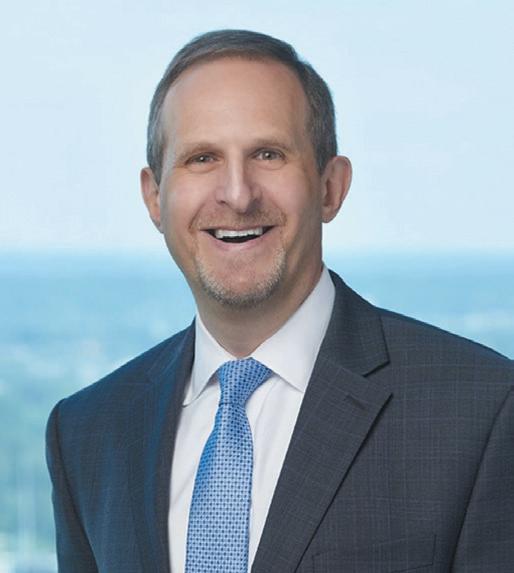
which means proof of intent to violate the law is not required. If an arrangement implicates the Stark Law prohibition it must satisfy all elements of an applicable Stark Law exception to be compliant.
Following are a few examples of arrangements that implicate the Stark Law:
A physician practice offers the following DHS to its patients: MRIs, clinical laboratory services and physical therapy. For two years the practice compensates several of its physician employees and owners in a manner that directly takes into account each physician’s referrals for DHS paid by Medicare.
Dr. X serves as the medical director
of a home health agency (“HHA”) and is paid a sum above the fair market value for his services. Dr. X refers Medicare patients to the HHA for home health services.
A hospital leases space to a physician practice and forgets to increase the rent based on the annual rent escalators in the lease agreement. The physicians working at the practice refer Medicare patients to the hospital for inpatient and outpatient hospital services.
There are three potential options to consider if a health care provider identifies an arrangement that implicates the Stark Law and a Stark Law exception cannot be satisfied:
Some health care providers faced with a Stark Law issue decide to “fix” the non-compliant arrangement going forward and not address past noncompliance. Unless the issue can be cured in accordance with the Stark Law (see Option 2 below), this option carries with it significant risk and is not recommended in any circumstance. If the Stark Law is violated, whether intentionally or unintentionally, penalties include: denial of payment for the DHS and fines of up to $15,000 for each prohibited referral plus additional civil penalties. Further,
(CONTINUED ON PAGE 14)


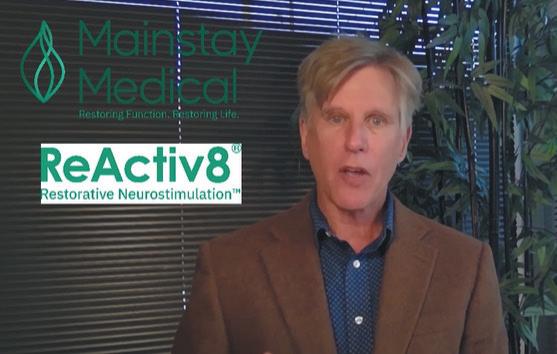
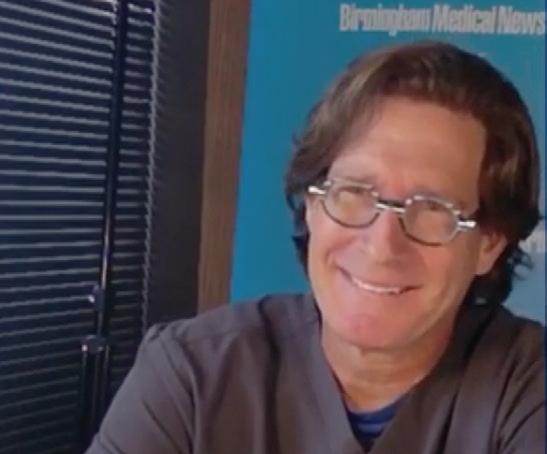


Congenital heart disease affects one in every 1,000 children, yet 75 percent of the world’s population who have this abnormality do not get the care they need, according to James St. Louis, MD, chief of pediatric and congenital heart surgery at the Medical College of Georgia at Augusta University.
When the World Society for Pediatric and Congenital Heart Surgery (WSPCHS) was formed in 2008, the organization created a platform that allows congenital heart surgeons and cardiologists from across the globe to communicate better with each other.
“This is an international society that serves all countries. But the mission of the World Society is to serve all children across the globe and provide effective medical therapy for congenital heart disease,” St. Louis said.
WSPCHS members promote quality care to all patients diagnosed with congenital heart disease and places an emphasis on research. Among their goals is the creation of an anonymous international database to collect vital information, including
prior cardiac operations, pre-operative risk factors and intraoperative complications. This database will enable all centers to benchmark their outcomes and compare their surgical results with institutions worldwide.
St. Louis, the treasurer for WSPCHS and the chair of The World Database for Pediatric and Congenital Heart Surgery said an international database will create awareness and allow for life-saving resources to be allocated to at-risk children diagnosed with congenital heart disease. But without the help of
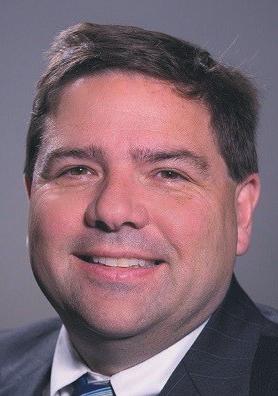
of UAB’s resources and thrive.
The database continues to spread around the globe and is implemented in 32 countries, including Mexico, Vietnam and France. St. Louis recently traveled to the Philippines this year and spoke with health ministers about the importance of a database. He explained that without data, surgical institutions will not receive the resources necessary to treat children diagnosed with congenital heart disease.
“In countries where there is a high rate of children diagnosed with HIV or rheumatic heart disease, there are plenty of people speaking up for them but there are few who advocate for the babies diagnosed with congenital heart disease. Most African country’s health ministries’ income goes to helping the children diagnosed with a more common disease such as dysentery, which is admirable, but congenital heart disease is often forgotten. And in this day and age, we need to bring that to light.”
The James and John Kirklin Institute for Research in Surgical Outcomes at the University of Alabama at Birmingham, the database would not be possible.
During an annual WSPCHS meeting in 2014, James Kirkland, MD who served as Division Director of Cardiothoracic Surgery at UAB offered his assistance to host the World Society’s burgeoning database within his institution. Through this, the database was able to live off
“When I used to travel to China and do my work there about 15 years ago, I often encountered situations where we turned children away to die because in these areas of China, there just wasn’t any resources with which to treat them,” St. Louis said. “It was then I decided that this was important to bring to the surface; that there are a lot of children out there who just die because they don’t get adequate treatment where they could do fine if they got treated.
The World Society also shares a bi-annual report of other institutions’ surgical outcomes that helps individual centers create a roadmap of how to fix their problems and improve outcomes. St. Louis’ next goal is to create national congenital heart disease databases within each country. Now, each institution submits its data to the World Society, but with the introduction of a national database, institutions can apply their findings to the set. The compiled nations’ database would then get submitted to the World Society’s international findings. It will alleviate language barriers for members and a streamlined auditing system to ensure the data is verified.


a claim submitted in violation of the Stark Law is also a false or fraudulent claim under the Federal False Claims Act (“FCA”), resulting in a potential fine of up to three times the value of the claim plus additional penalties. Take for example an arrangement that violates the Stark Law and resulted in the submission of 800 improper DHS claims to Medicare. The potential penalties under the Stark Law (not counting the return of payment to the Medicare program and any FCA penalties) could rise to $12,000,000 ($15,000 x 800). Further, whistleblower lawsuits can be filed against a health care provider on the basis of a Stark Law violation. For example, in March of this year, a physician and his diagnostic facilities in Houston, Texas agreed to pay $1,800,000 to settle a whistleblower lawsuit alleging violations of the Stark Law and FCA.
While the parties to an impermissible Stark Law arrangement cannot “turn back the clock” and cure noncompliance retroactively, there are a few limited circumstances where a cure is possible. For example, many Stark Law exceptions, including those for equipment and space leases and personal service arrangements, require that the arrangement is set out in
writing, signed by the parties and that the payment between the parties is “set in advance.” CMS has clarified that the writing and set in advance requirements may be satisfied with a collection of contemporaneous documents evidencing the course of conduct, stating that “informal communications via email or text, internal notes to file, similar payments between the parties from prior arrangements, generally applicable fee schedules, or other documents recording similar payments to or from other similarly situated physicians for similar items or services, may be sufficient to establish that the amount of or a formula for calculating the compensation was set in advance before the furnishing of items or services.” Further, CMS has clarified that failure to obtain signatures on an agreement that otherwise satisfies a Stark Law exception would not result in noncompliance if the parties obtained missing signatures within 90-days immediately following the start of the compensation arrangement; provided, however, that the compensation arrangement has not been modified between the start of the arrangement and the date of signature.

Since 2010, health care providers who discover a Stark Law violation can “self-disclose” the issue to CMS. Any self-disclosure must be carefully considered since a self-disclosure is intended to facilitate the resolution of matters that, in the disclosing party’s reasonable assessment, are actual or potential violations of the Stark Law. That is, if a health care provider selfdiscloses it is informing CMS that it violated the Stark Law and is agreeable to a monetary resolution.
The self-disclosure process requires the submission to CMS of a significant amount of information, typically involves the assistance of an attorney and accountant and historically takes several years to resolve. However, the benefit of a self-disclosure is the ability of the disclosing party to significantly reduce its financial exposure for a Stark Law violation. Take for example the scenario referenced above where a physician practice offers DHS to its patients and for two years compensates several of its physician employees and owners in a manner that directly takes into account their referrals for DHS paid by Medicare. Such arrangement will not satisfy a Stark Law exception. CMS takes the position that all DHS claims submitted
to Medicare by the physician practice during the “period of non-compliance” (the two years in our example) are improper, even if only some of the physicians were paid based on their DHS referrals. If the physician practice in our example submitted a total of 800 DHS claims to Medicare during the period of non-compliance and received a total of $500,000 in Medicare reimbursement for such claims, CMS historically (absent criminal or intentional misconduct or other aggravating factors) has settled the self-disclosure between two percent and 10 percent of the Medicare DHS reimbursement amount, or in this case, between $10,000 and $50,000. Compare this to the potential Stark Law penalties of $12,000,000 for the 800 improper claims.
Over the past few years we have seen an increase in government enforcement actions and whistleblower lawsuits involving alleged violations of the Stark Law, including the use of the FCA as a tool to pursue greater penalties. If a health care provider identifies a Stark Law issue it should immediately stop the non-compliant activity and quickly assess the options available for resolution.
Howard Bogard is a Partner at Burr & Forman LLP and works exclusively with health care providers on corporate and regulatory matters. He can be reached at (205) 458-5416 or at hbogard@burr.com.











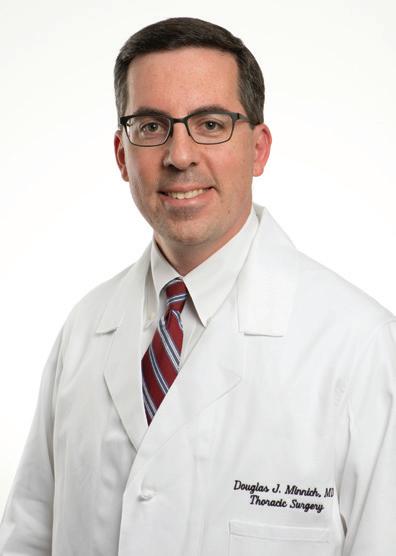







Board-certified, fellowship-trained Thoracic Surgeon
With a focus on developing minimally invasive technologies in the diagnosis and treatment of thoracic disease, Dr. Minnich performed the rst electromagnetic navigational bronchoscopy (ENB) and the rst robotic bronchoscopy in the state of Alabama. As a result, he has developed one of the largest surgeon experiences with these technologies in the world, which includes offering the most effective treatment for hyperhidrosis (excessive sweating) --- endoscopic thoracic sympathectomy.
Visit alabamathoracicsurgery.com for the extensive list of our services and procedures




Steve
VICE
Jason Irvin
CREATIVE DIRECTOR
Katy Barrett-Alley
CONTRIBUTING WRITERS
Jane Ehrhardt, Ashley Franco, Laura Freeman, Lynne Jeter, Marti Slay
Birmingham Medical News
270 Doug Baker Boulevard, Suite 700-400, 35242 205.215.7110
AD SALES: Jason Irvin, 205.249.7244
All editorial submissions should be e-mailed to: editor@birminghammedicalnews.com
In May, Daniel Listi returned to the Brookwood Baptist Health system as the Chief Operating Officer of the network and Chief Executive Officer of Princeton Baptist Medical Center. He has a track record for leading hospital operations, elevating service excellence for patient care and expanding access to high quality, specialty services.
Listi returns to Alabama from sister hospital, Delray Medical Center in Florida, where he helped the hospital expand and adapt to healthcare delivery post-pandemic. Under his leadership, the hospital expanded its surgical capabilities, implemented advanced technology, and achieved recognition for clinical excellence.
Prior to Delray, Listi served as the CEO of Shelby Baptist Medical Center for four years. He was the COO of Valley Baptist Medical Center in Harlingen, Texas, and the Market COO of the El Paso/RGV hospitals, overseeing six Tenet Healthcare hospitals. He also served as the Valley Baptist Health System’s Chief Business Development

Officer responsible for cultivating a platform of growth for the system in addition to other leadership positions within the Tenet organization.
Listi holds a bachelor’s degree in business administration from Texas A&M University and a master’s degree in healthcare administration from Texas A&M, Health Science Center-School of Rural Public Health. He is a Fellow of the American College of Healthcare Executives.
Rickwood Field, the oldest professional ballpark in the United States and former home of the Birmingham Black Barons of the Negro Leagues, will be the site of a special regular season contest between the Major League St. Louis Cardinals and San Francisco Giants on June 20, 2024.
Marcus A. Rothermich, MD, an orthopaedic surgeon and sports medicine specialist at Andrews Sports Medicine and a St. Louis native, was invited to provide on-site medical coverage for the game which will be televised live nationally on FOX. The




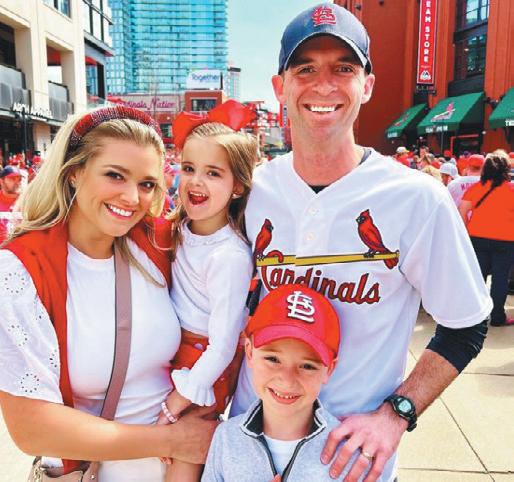


BBH’s Walker Named President of Association of Clinical Pastoral Education

Brookwood Baptist Health Executive Director of Chaplaincy and Clinical Pastoral Education Dr. Cecelia Ann Walker was recently installed as the 30th President of the Association of Clinical Pastoral Education.
ACPE is the standard for spiritual care and education. Its diverse membership includes Certified CPE Educators, Spiritually Integrated Psychotherapists, Spiritual Care Professionals and Practitioners, Pastoral Counselors, Chaplains, Faith Communities, and Seminaries. Its multi-disciplinary, multi-faith, multi-racial community of professionals provides education, connection, and formation through continuing education, networking, and leadership development.
As President, Walker is responsible for leading the Board to attend to the business and affairs of the Association.



With the largest healthcare practice in the country, Holland & Knight has more than 400 experienced attorneys covering virtually every segment of the healthcare industry, from transactional matters, regulatory compliance and real estate to litigation, government enforcement and public policy issues.
Our dedicated healthcare attorneys and professionals – in Birmingham and throughout the country – have the insight, experience, depth and resources to help promote and protect your interests.